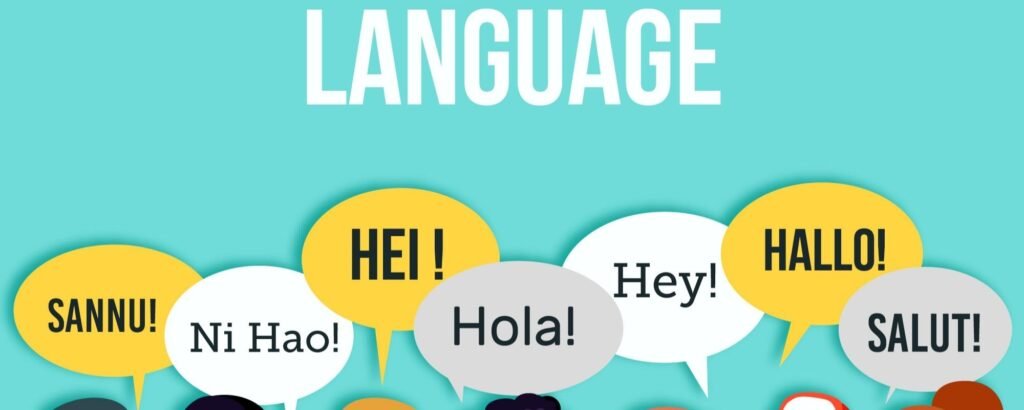
In today’s world, traveling far and wide is easier than ever. But as we explore different cultures, we often encounter language barriers. These hurdles can either enrich your travel experience or make things more complicated. Thankfully, there are plenty of resources and strategies to help overcome these challenges. In this blog, we’ll explore 20 practical ways to tackle language issues while you’re traveling the globe.
Why Good Communication Matters When Travelling
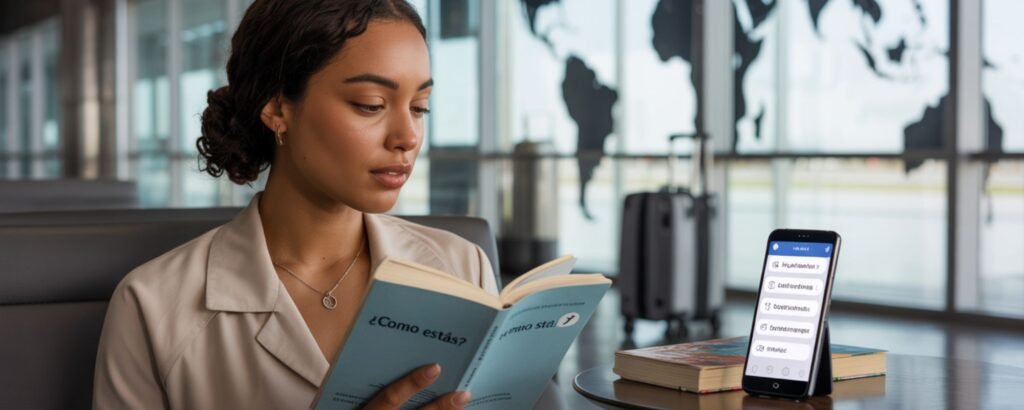
Language is a key part of any culture. Travel isn’t just about seeing new places, it’s about experiencing them. Being able to communicate effectively helps unlock those deeper experiences. Good communication can turn an ordinary trip into a journey full of meaningful memories. On the other hand, language struggles can lead to missed opportunities or even stressful situations.
Even a basic understanding of the local language helps build genuine connections. It opens doors to insights and stories that many tourists might miss. Being able to ask for help, directions, or recommendations in the local language can also make your travels safer and more enjoyable. These small efforts lead to more authentic and rewarding experiences.
Key Strategies to Overcome Language Barriers

When it comes to overcoming language barriers while traveling, preparation and flexibility make all the difference. Learning a few basic phrases before your trip can go a long way. Having a translation app or a small phrasebook on hand is also incredibly useful in tricky situations. Non-verbal communication and gestures can help when words fall short. Patience and a willingness to learn not only help you communicate better but also show respect for the local culture.
Table of Contents
- Why is Good Communication Essential When Travelling?
- Key Strategies to Break Language Barriers
- The Power of Basic Phrases
- Technology at Your Fingertips: Translation Apps
- The Universal Language of Gestures
- Dive Deep: Language Exchange Platforms
- Making the Most of Local Guides
- A Window into Local Life: Media
- The Art of Patience and Positivity
- Visuals to the Rescue: Pictures and Drawings
The Power of Basic Phrases
Understanding and using basic phrases in the local language can significantly enhance your travel experience. Simple greetings like “hello,” expressions of gratitude, and common questions help make everyday interactions smoother and more pleasant.
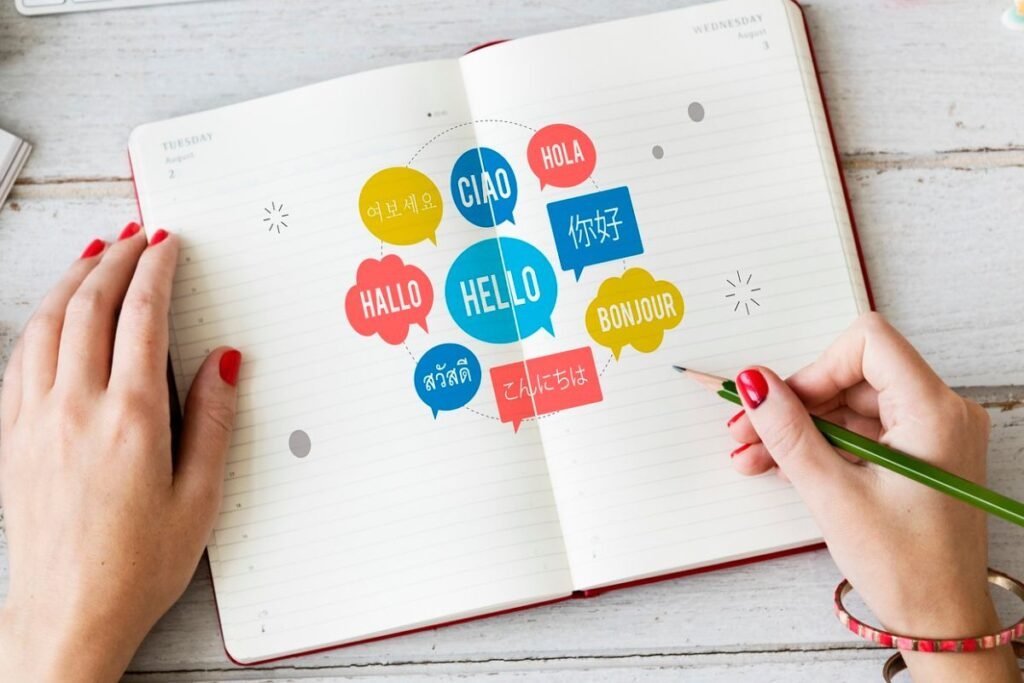
- Why It Matters:
- Cultural Connection: A simple “thank you” or “good morning” can make locals feel respected and valued.
- Friendly Interactions: Locals often appreciate the effort, which can lead to more helpful and friendly conversations.
- Breaking the Ice: Even a few phrases show goodwill and can make communication less intimidating.
- Helpful Approaches:
- Learn Categories First: Start with phrases for greetings, asking for directions, and ordering food.
- Practice Before You Go: Apps or flashcards can help you get comfortable before your trip.
- Use Consistently: Make it a point to use the words daily—especially in simple exchanges.
Extra Tip:
If you’re planning a trip to Aotearoa – New Zealand, learning a few key Māori phrases can be a beautiful way to connect with the local culture. Check out our blog Mastering Māori Pronunciation: It’s Easier Than You Think! for simple tips to get started. You don’t need to be fluent—just showing the effort means a lot here.
Technology at Your Fingertips: Translation Apps
Translation apps make navigating unfamiliar places easier by providing instant translations of text, speech, and even images.
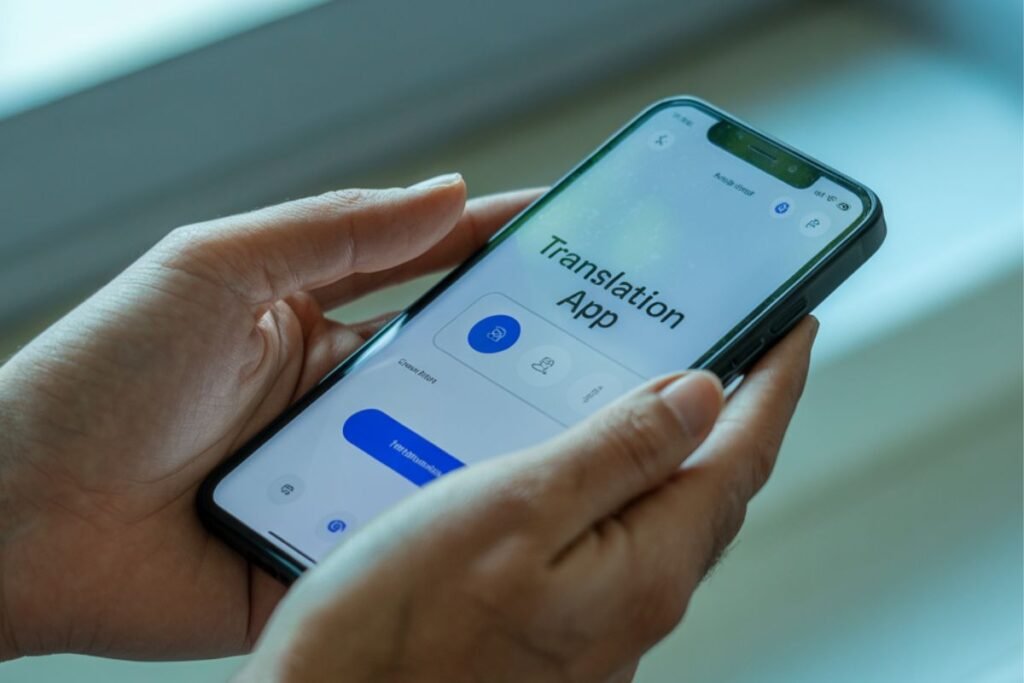
- Why It Matters:
- Instant Communication: Speak or type in your native language and get an immediate translation.
- Menu and Sign Translations: Camera tools let you scan and translate signs and menus.
- Offline Access: Many apps allow you to download language packs, so you can translate without needing Wi-Fi.
- Helpful Approaches:
- Download Language Packs: Prepare ahead by downloading offline dictionaries.
- Use Voice and Text Features: Switch between typing and voice translations based on the context.
- Combine with Basic Phrases: Pair your translation app with learned phrases to make interactions feel more personal.
Personal Reflection: While we were in France, our Airbnb hosts didn’t speak a word of English, so we relied heavily on translation apps. It was a bit tiring at times but also pretty funny—especially watching them slowly type out replies on a keyboard they clearly weren’t used to. What I loved most, though, was when they decided the apps weren’t for them, they just carried on talking to us in their own language. And we’re not talking about one-word responses—they were telling full-on stories. Somehow, we managed to figure most of it out and when we couldn’t, we all had a good laugh about it.
The Universal Language of Gestures
Gestures and body language can often speak louder than words, making it possible to communicate without knowing the local language.

- Why It Matters:
- Universal Emotions: Smiles, waves, and nods are understood almost everywhere.
- Reinforcement: Gestures can reinforce what you’re trying to say verbally.
- Cultural Differences: Some gestures may have different meanings in different cultures, so it’s essential to be mindful.
- Helpful Approaches:
- Keep It Simple: Stick to universal gestures, like waving or pointing politely.
- Be Mindful: Avoid gestures that might be misinterpreted.
- Pair Gestures with Expressions: A smile and open posture can show friendliness.
Dive Deep: Language Exchange Platforms
Language exchange platforms help you practice a new language by connecting with native speakers for real-time conversations.
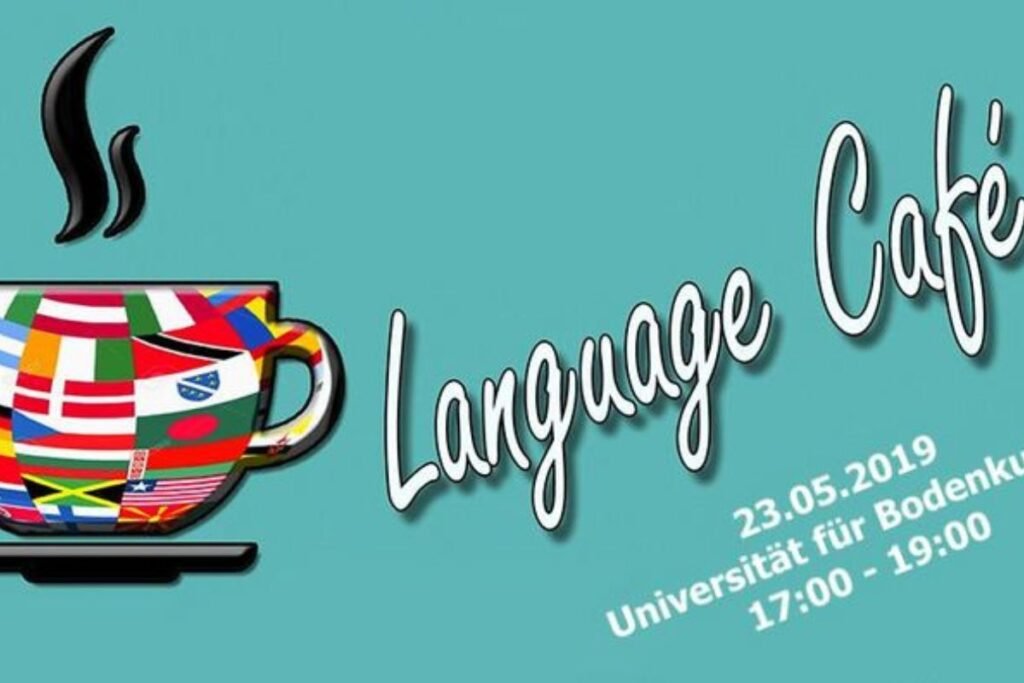
- Why It Matters:
- Real Conversations: You can practice with someone who speaks the language fluently.
- Cultural Insight: Partners can explain phrases, slang, and traditions.
- Confidence Building: Regular practice in a low-pressure setting helps boost speaking confidence.
- Helpful Approaches:
- Choose the Right Platform: Apps like HelloTalk and Tandem are popular for language exchanges.
- Set Clear Goals: Decide if you want to focus on grammar, pronunciation, or casual chatting.
- Be Consistent: Regular practice builds fluency and familiarity.
Making the Most of Local Guides
Local guides offer more than tours — they help bridge cultural and language gaps by sharing stories and knowledge.
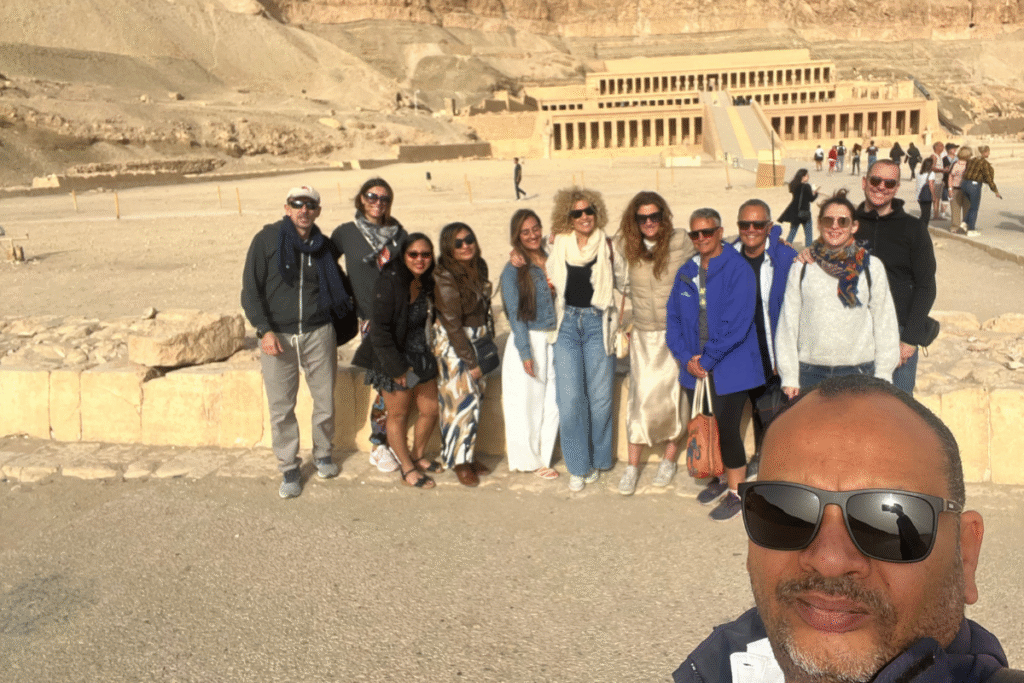
- Why It Matters:
- Cultural Storytelling: Guides provide context that enriches your understanding of landmarks and customs.
- Language Assistance: They can help with translations and interactions with locals.
- Insider Tips: A good guide can lead you to hidden gems and authentic experiences.
- Helpful Approaches:
- Research Reviews: Choose guides with positive feedback for a reliable experience.
- Opt for Small Groups: Smaller tours can offer more personalised experiences.
- Ask Questions: A guide’s knowledge can deepen your understanding of the local culture.
Personal Reflection:
In Cairo, our guide not only navigated the crowded souks but also shared valuable tips on bargaining and cultural etiquette. His insight helped us feel at ease and made the experience richer and safer. I highly recommend a guide when traveling through Egypt. We had a great group of travellers from all over the world and our guide was amazing.
A Window into Local Life: Media
Local media, such as TV shows, movies, and music, helps immerse you in the local language and culture.

- Why It Matters:
- Natural Language Use: You’ll hear everyday phrases in context.
- Cultural Awareness: Media reflects cultural values, humour, and traditions.
- Pronunciation Practice: Listening to native speakers improves your pronunciation.
- Helpful Approaches:
- Use Subtitles: Start with subtitles in your language and switch to local-language subtitles as you improve.
- Listen to Music and Podcasts: Songs and conversational podcasts can make learning fun.
- Read Simple Content: Children’s books, comics, or online articles are great for beginners.
The Art of Patience and Positivity
Learning and using a new language can be challenging, but a positive attitude can make the process enjoyable and rewarding.
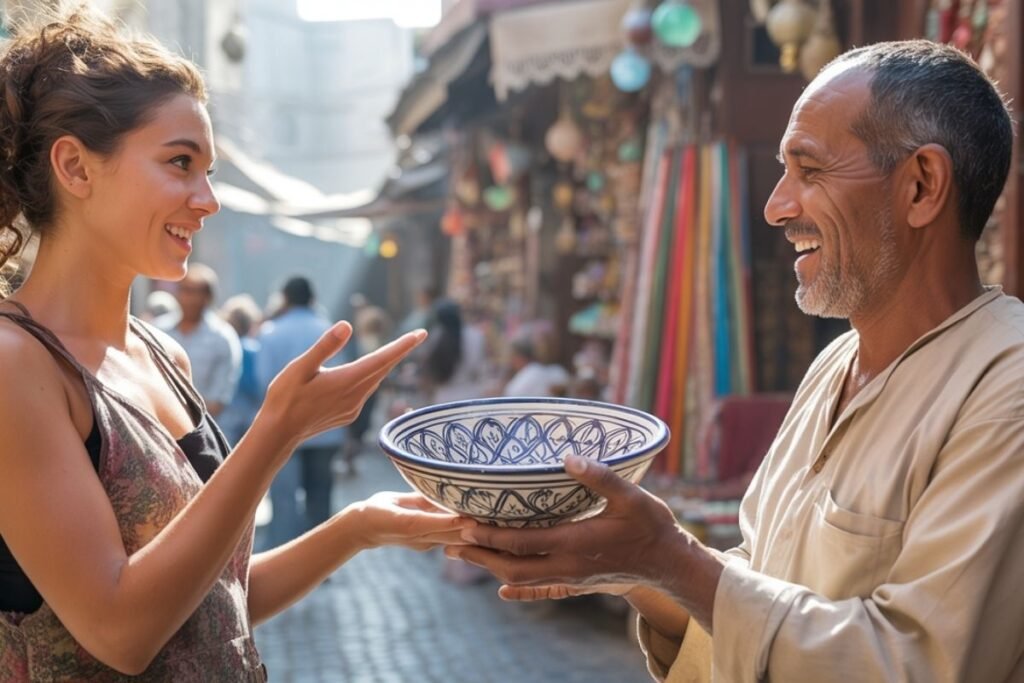
- Why It Matters:
- Encourages Persistence: Staying positive helps you push through awkward moments.
- Builds Connections: A smile and a patient approach can make locals more willing to help.
- Reduces Frustration: Patience keeps communication mishaps from becoming stressful.
- Helpful Approaches:
- Celebrate Small Wins: Acknowledge each successful interaction, no matter how small.
- Stay Relaxed: Remember that mistakes are part of the learning process.
- Stay Open-Minded: Approach communication barriers as an opportunity to grow.
Patience and positivity are your strongest allies when navigating language barriers. Whether it’s learning from a mistake or appreciating a shared laugh over a misunderstanding, your mindset shapes your experience.
Visuals to the Rescue: Pictures and Drawings
When words fail, images can help convey meaning. Pictures, maps, and sketches are powerful communication aids.
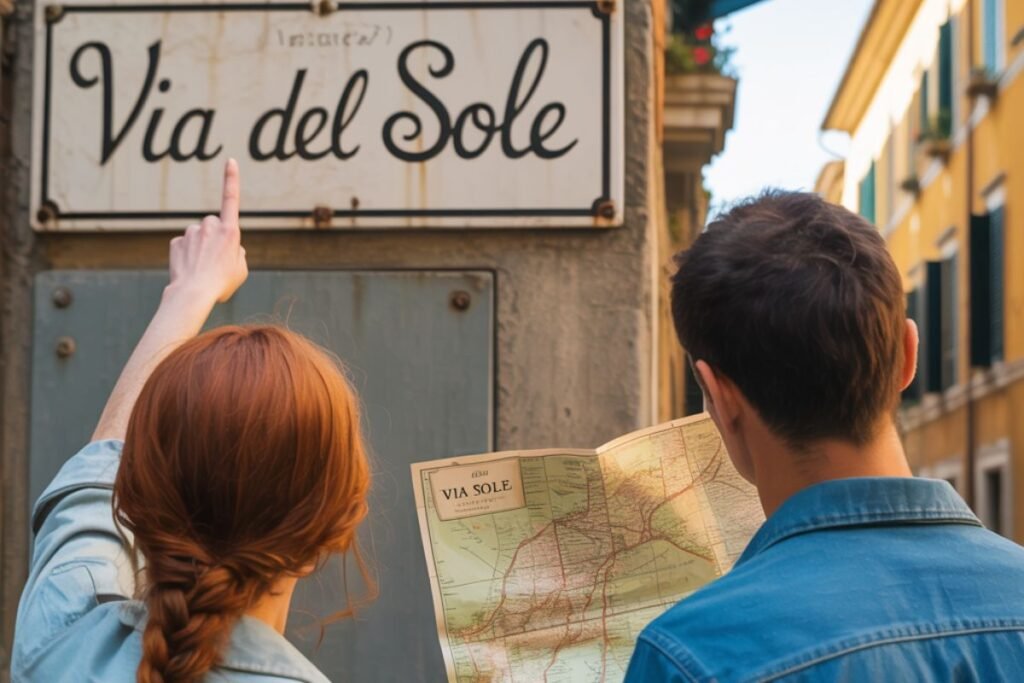
- Why It Matters:
- Universal Understanding: Visuals can transcend language barriers.
- Simplifies Requests: Pointing to a picture or drawing can clarify your needs.
- Emergency Aid: Visual cues are helpful when urgent communication is required.
- Helpful Approaches:
- Carry Visual Aids: Bring a small travel-sized guide with pictures of food, transportation, or key places.
- Use Apps: Some travel apps allow you to show pictures of common items or locations.
- Sketch When Needed: Don’t hesitate to draw a simple image to illustrate your point.
Personal Reflection:
In a remote Croatian village, when our phones lost signal, we sketched a basic map to ask for directions. The locals smiled and immediately understood, turning a potential frustration into a shared moment of laughter.
Travel Resources
- Apps: Duolingo, Google Translate, Pocketalk, HelloTalk, Tandem
- Explore Local Experiences with Viator: From language-rich tours to guided cultural encounters, find experiences where communication makes all the difference.
- Phrasebooks & Notebooks: Which you can purchase off Amazon or Temu
- AI Translators: ChatGPT can translate phrases or help craft emails while traveling
Final Thoughts
Overcoming language barriers doesn’t require fluency—it just takes effort, empathy and a sense of humour. Every “oops” moment is part of the fun and every successful conversation builds confidence. Travel becomes more rewarding when you connect through words, gestures or even a quick sketch.
Ko tōku nui, tōku wehi, tōku whakatiketike, tōku reo.
My language is my greatness, my inspiration, that which I hold precious.